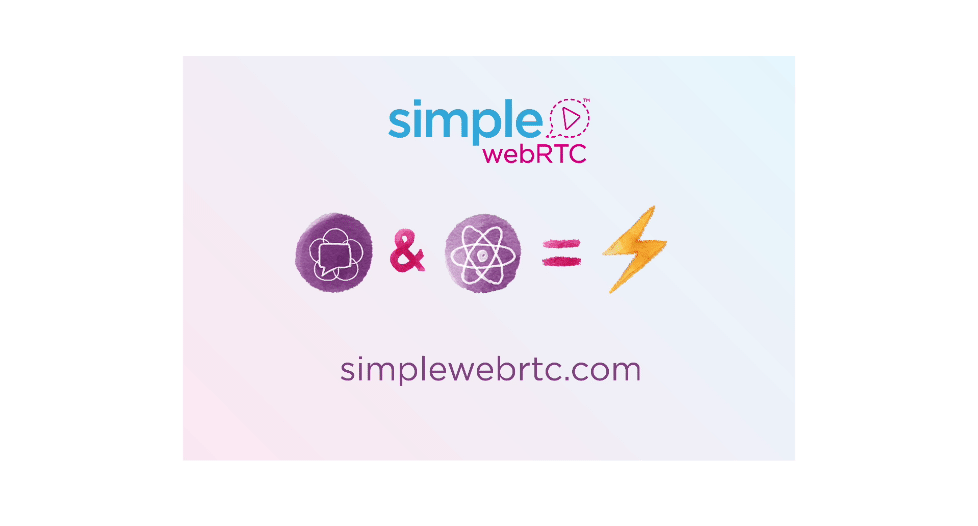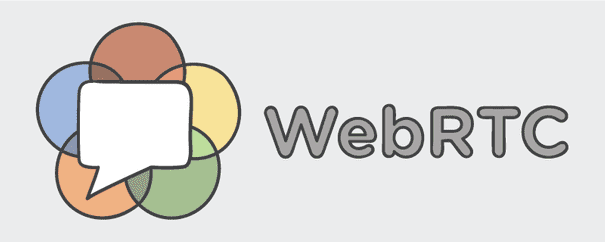You can now build your WebRTC app on Talky
Starting today, SimpleWebRTC users will have access to a sample app based on our widely used video collaboration tool, Talky.
This means if you're building a new WebRTC app, using Talky as a starting point means you've now got a much more complete and battle-tested user experience out of the box.
Talky was first released in February 2013 (under its original name, Conversat.io). It started as a demo app showcasing the first version of SimpleWebRTC. Since that time, our team has made a lot of revisions—both to Talky and to SimpleWebRTC itself.
We've had a six year journey of iteratively building upon and improving our platform, which has ultimately become SimpleWebRTC. Since that time, we've served many clients, helping them integrate WebRTC into their applications. And beginning last year, developers have been doing so themselves as they integrated the heart of what we've built with Talky into their applications using SimpleWebRTC.






